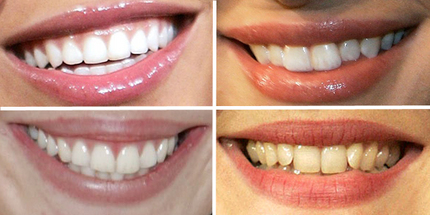The handsome Chris Soules stars in ABC’s first promo for the new season of The Bachelor, and in it, both he and the network show they’re in on the joke. The Bachelor Promo: Chris Soules The Bachelor strikes a unique balance on TV, with its utterly ridiculous premise, epically cheesy cliches and outrageous displays of behavior from contestants. All of that makes it a fun show to watch, of course, and the show layers all of these facets with enough humor and inside jokes to balance out the absurdity. While it’s impossible to take what you see seriously, there remains enough genuine emotion and intrigue to keep it from becoming a total joke, as well. Combine all that together and what you have is one of the longest-running and most successful franchises on network TV, with no end in sight either. In Chris Soules , ABC has again found the whole package, and is packaging it accordingly as the unintentional comedy the show has become in this teaser. Soules, 32, was rejected by Andi Dorfman on The Bachelorette this summer, but not after leaving Andi (and more than a few fans) swooning for weeks. Now we see the Iowa farmer playing to type and walking through a cornfield, voices from unseen women calling to him. The Bachelor meets Field of Dreams . At the end of the clip, Soules finds and holds up the rose “they will come” for, making for a funny pop culture reference and a tongue-in-cheek teaser. Chris Soules Photos: The Bachelor 2015! 1. Chris Soules is The Bachelor 2015 Chris Soules is The Bachelor 2015. Here he is, leaving no doubts about it. By the time the season starts in early January, things will start to get serious and melodramatic (you don’t need The Bachelor spoilers to tell you that). If this first look is any indication, though, expect a great deal of humor to be injected into the 2015 season, as well, with Chris playing along gamely. No one wants to watch The Bachelor online if it’s not funny. Otherwise, even cat fighting and women trying to outdo each other get old after awhile.


























